21 Flowers That Mean Death And Mourning
Flowers, in their own unique way, possess a profound symbolic significance that transcends cultural and personal boundaries. Whether conveying joy, new beginnings, caution, or even mourning, each bloom has a distinct meaning attached to it. In this context, we’ll delve into the most common flowers associated with sympathy, grief, death, and mourning, exploring their corresponding meanings.
If you’re seeking flowers to brighten someone’s day, honor a departed loved one, or express condolences, this article will guide you through the most suitable options.
The symbolic significance of these flowers is deeply rooted in various cultures and traditions. Some, like carnations, are often used to signify mourning and bereavement, while others, such as poppies, may represent remembrance and memorialization.
Lilies, for instance, are frequently associated with purity and innocence, but also carry connotations of death and mourning.
This array of flowers includes 21 distinct blooms, each carrying its own unique meaning. From the humble daisy to the majestic orchid, these flowers will help you convey your emotions and sympathies in a meaningful way.
21 flowers that mean death and mourning
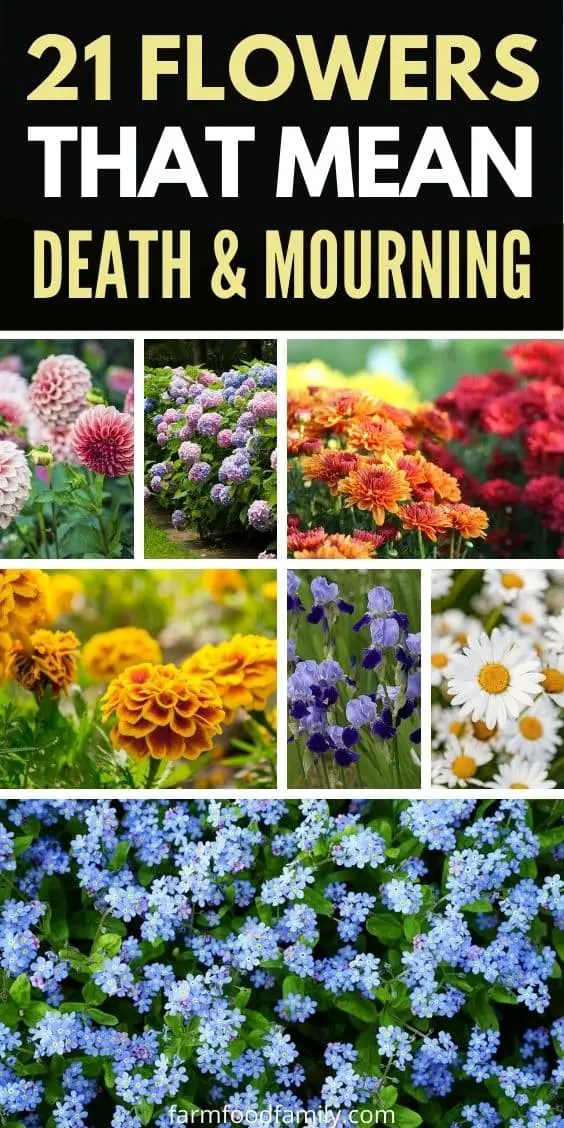
In the absence of sufficient words to express profound emotions, flowers often serve as a poignant substitute. This phenomenon is particularly evident during times of intense grief and mourning, where the language of flowers can transcend verbal communication. When we’re struggling to find the right words to convey our deepest sentiments, these 21 flowers that symbolize death and mourning offer a powerful means of expression.
Carnation
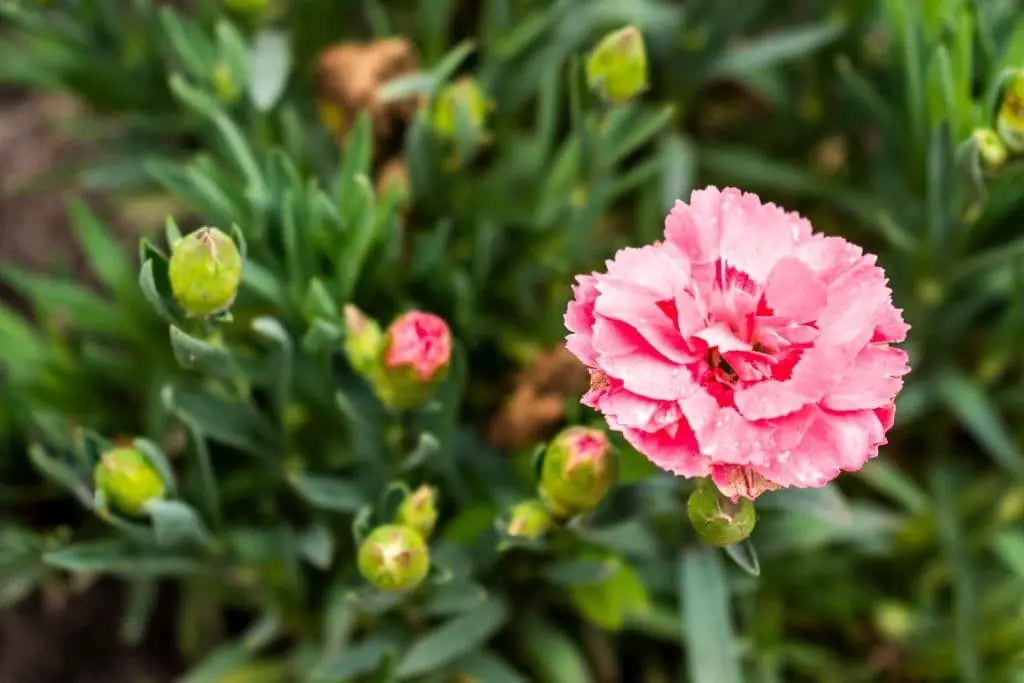
The carnation, with its dainty appearance, serves not only as a symbol of beauty but also as a flower steeped in emotional significance. Its delicate petals belie its role as a staple at funeral services and mourning ceremonies, where it is often used to convey deep love and remembrance for the departed. In fact, red carnations are a particularly poignant choice when expressing sympathy or offering condolences to those grieving the loss of a loved one.
Pink carnations, too, hold special meaning in these situations, serving as a means of extending sentiment and remembrance from one family to another.
Rose
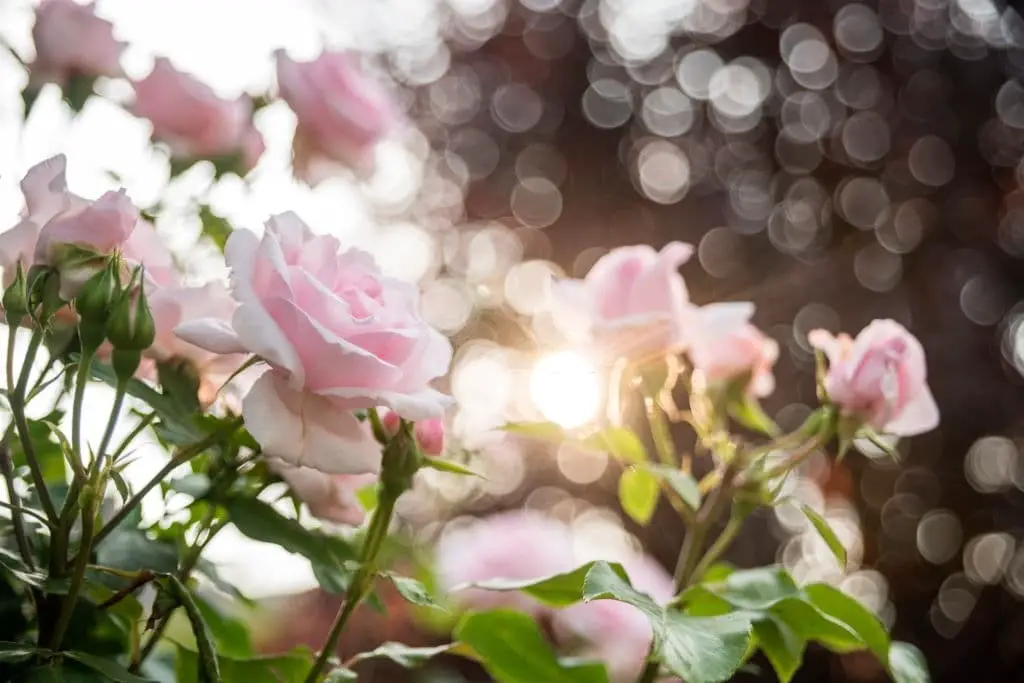
The significance of roses extends beyond their beauty, as they also carry symbolic meanings that can be conveyed through different colors. In the context of mourning and remembrance, pink roses are often used to express gratitude for a loved one who had a profound impact on one’s life. The color white, meanwhile, is typically associated with a well-lived life or innocence, while yellow roses symbolize an enduring friendship that transcends even death itself.
Hyacinth
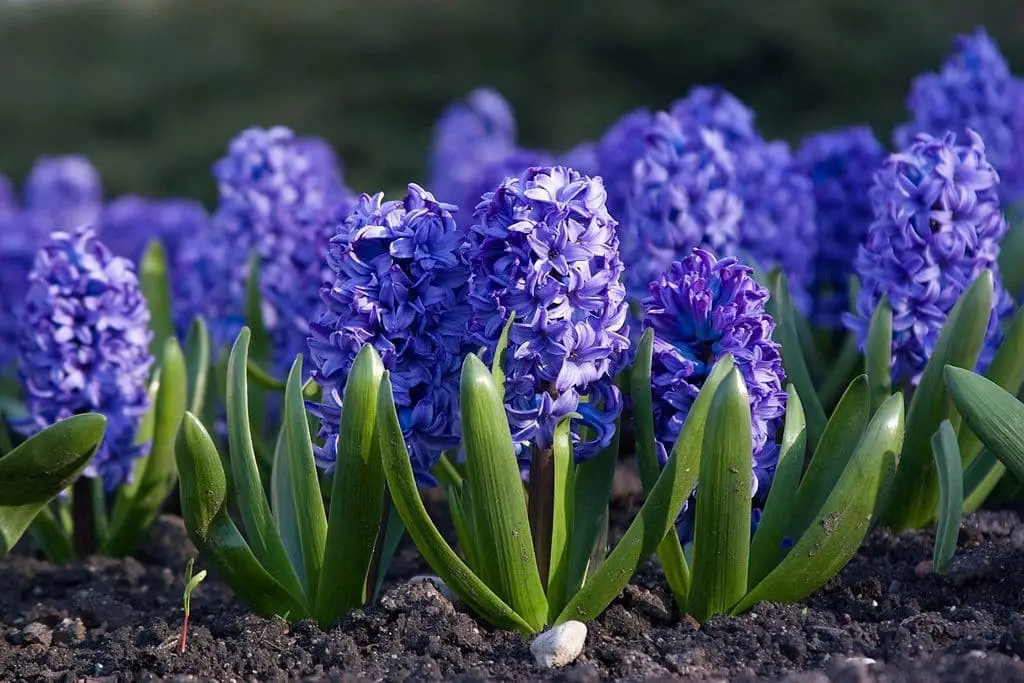
The symbolic sympathy flower is often presented to families still reeling from the loss of a loved one or grappling with ongoing mourning. This gesture conveys a profound sense of solidarity and support, signifying your commitment to being present throughout their journey. It’s an acknowledgment that you’re not just offering condolences, but actively walking alongside them as they navigate their grief, sharing in their emotional expression and validating their feelings.
Chrysanthemum
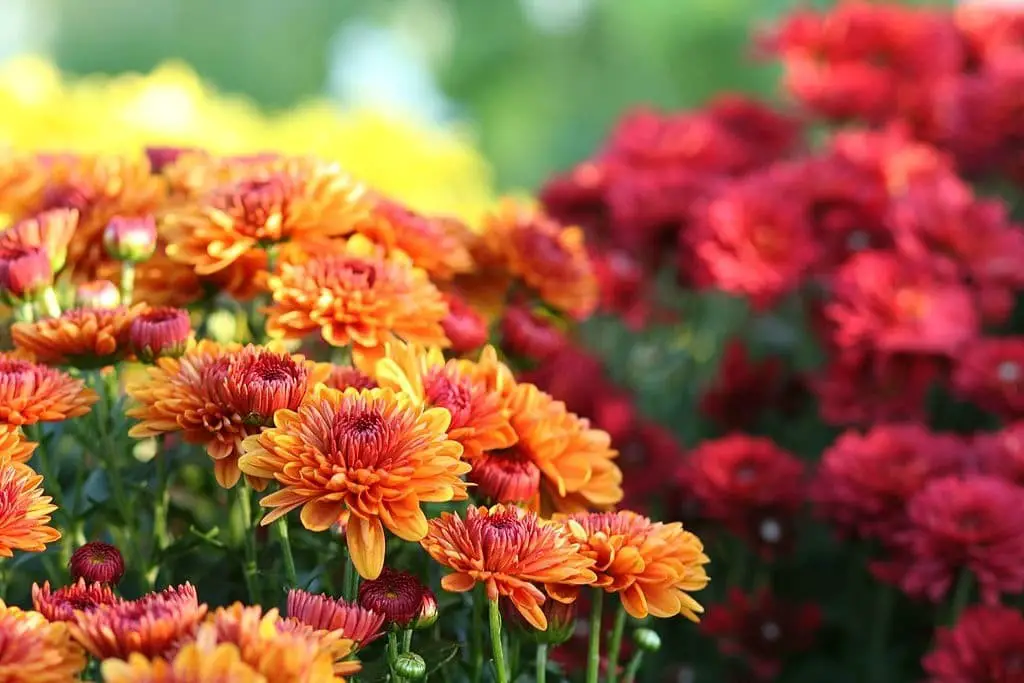
Across cultures and continents, the same flower holds different meanings. In the United States, it’s often linked to healing, making it a thoughtful gift for those recovering from illness or injury. This symbolism of health and wellness extends to its use as a ‘get well soon’ gesture among friends and family. However, in Europe, this same flower takes on a more somber tone. It’s commonly laid at the graves of loved ones who have passed away, serving as a poignant reminder of mortality.
In many European traditions, it’s seen as a symbol that signifies the end of life. As such, it’s often featured prominently in funeral wreaths, a powerful tribute to those who’ve left us.
Gladiolus
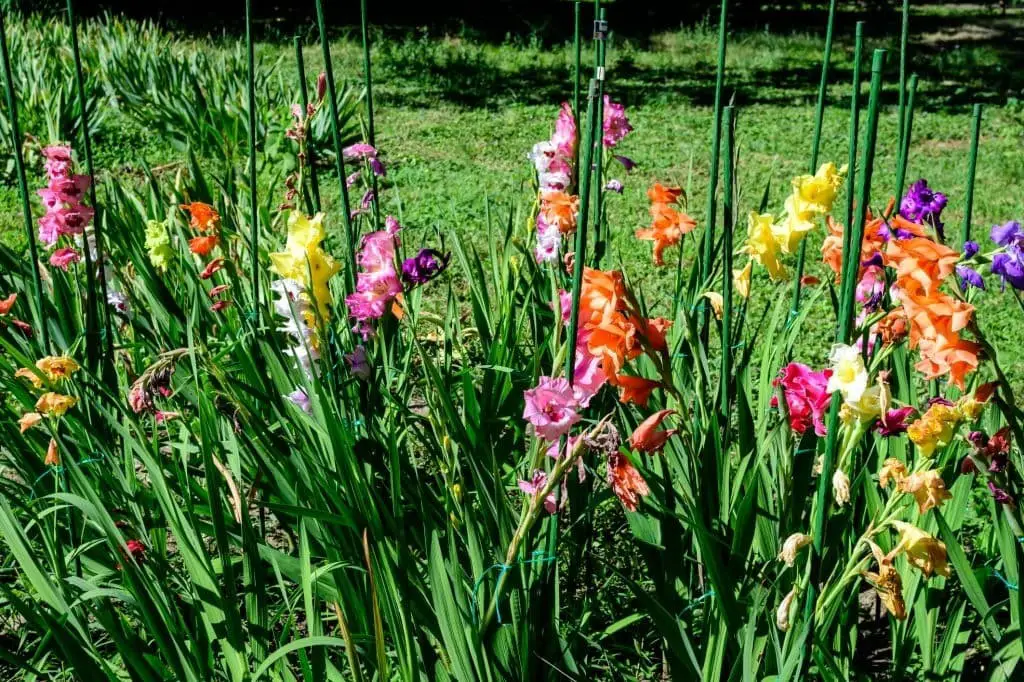
The chrysanthemum-like orchid has long been a symbol of condolence and support during times of mourning. Its presence in a grieving family’s life signifies not only strength of character but also the capacity to rise above adversity. In many cultures, presenting an orchid to those struggling with loss is a thoughtful gesture that acknowledges their pain while encouraging them to find solace in the midst of grief.
This flower serves as a poignant reminder that even amidst darkness, there is always hope and resilience to be found.
Forget me not

The forget-me-not, as its name implies, serves as a poignant reminder of cherished memories kept alive within a family’s collective consciousness. Its presence in the home following a sudden loss can be seen as a silent yet powerful manifestation of grief being processed and acknowledged, allowing for a sense of emotional release and processing.
Lilies
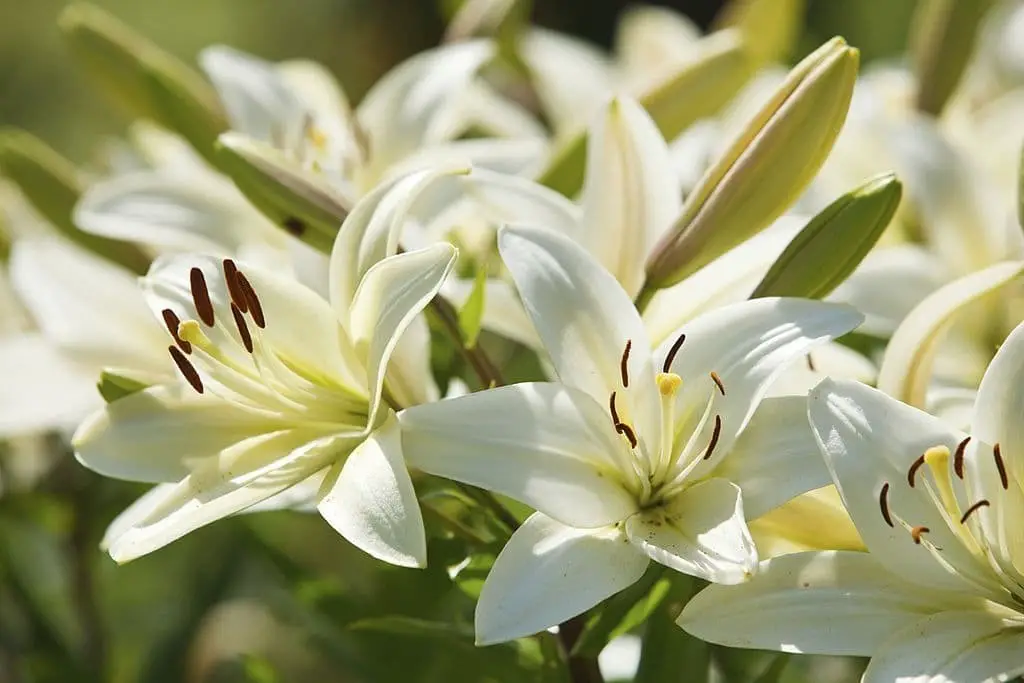
The beauty of these flowers lies in their understated elegance and soft hues, which evoke a sense of peace and serenity that is reminiscent of the paradise awaiting the departed. The comfort that comes with knowing our loved ones are already in a better place is palpable, much like the symbolism surrounding these blooms. Lilies, for instance, represent the soul’s journey to its former, innocent state.
In times of mourning and bereavement, oriental lilies serve as a poignant reminder of the life lived, while stargazer lilies offer solace to those left behind, extending condolences to the grieving family.
Orchids
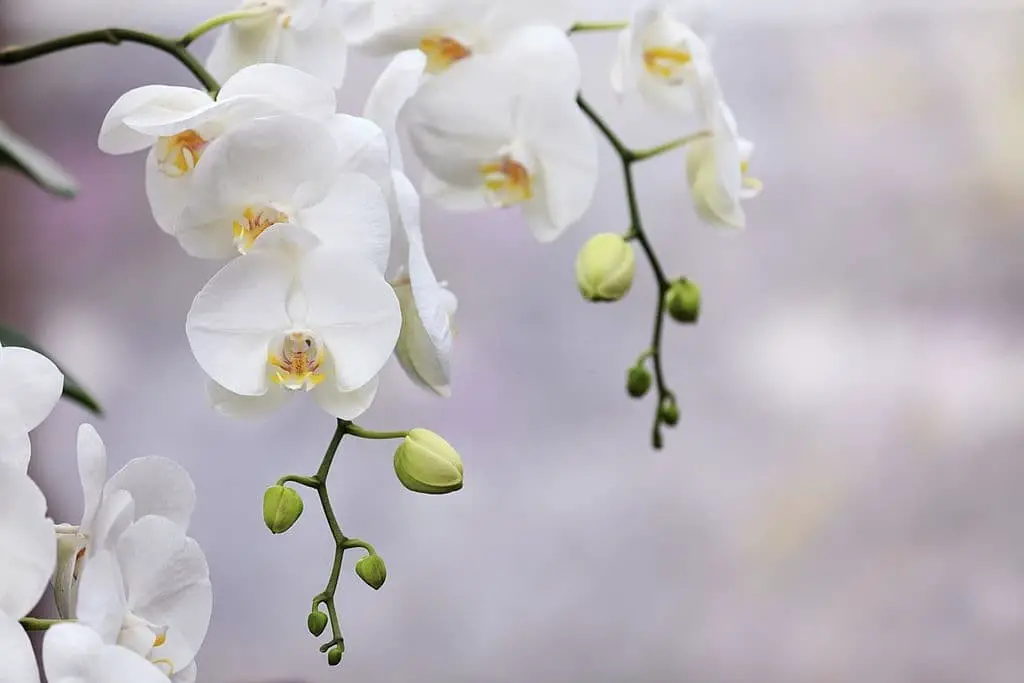
Orchids are often overlooked in their role as symbols of grief and mourning. However, certain varieties, particularly those featuring pink and white hues, hold a special significance. These colors collectively represent the outpouring of love and sympathy extended to those who have passed on, as well as an unwavering commitment to remembering and honoring the departed by those left behind.
In this sense, these orchids serve as a poignant reminder of the enduring nature of love, even in the face of loss.
Daffodils
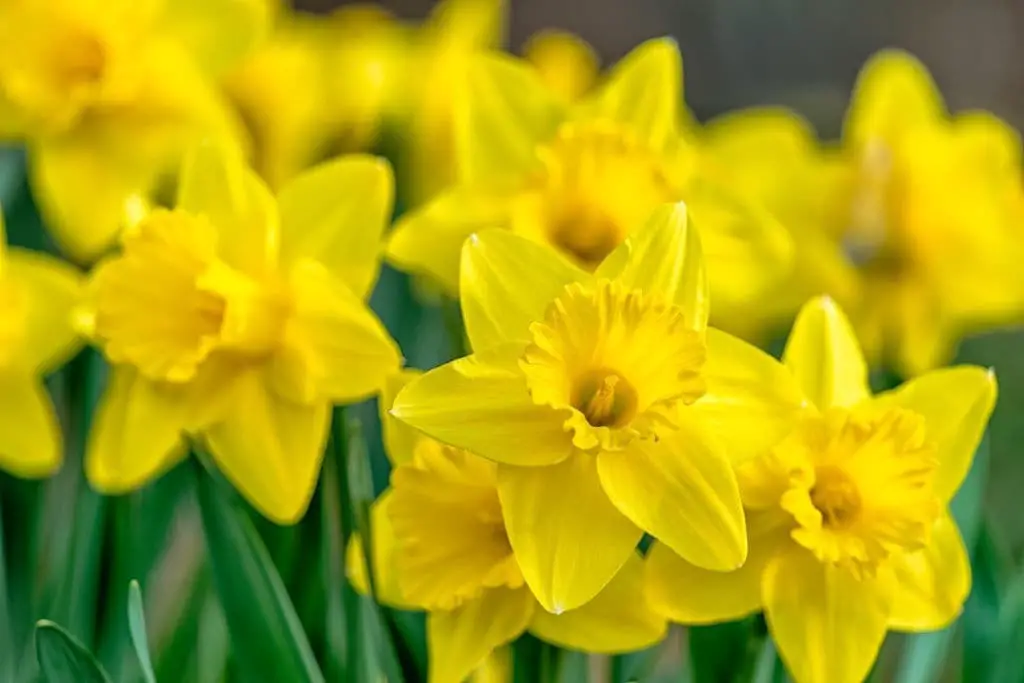
Despite its small and delicate appearance, the daffodil is a powerful symbol in funeral arrangements and mourning rituals. As a spring flower, it’s deeply connected to themes of rebirth and renewal. For those coping with loss, the daffodil serves as a poignant reminder that death marks the beginning of a new chapter, rather than an end to life’s journey. When gifted to mourners, it conveys the promise of a brighter future ahead.
With its unique significance in the world of funeral flowers, it’s no wonder the daffodil is often included in wreath arrangements and other mourning gestures.
Tulips
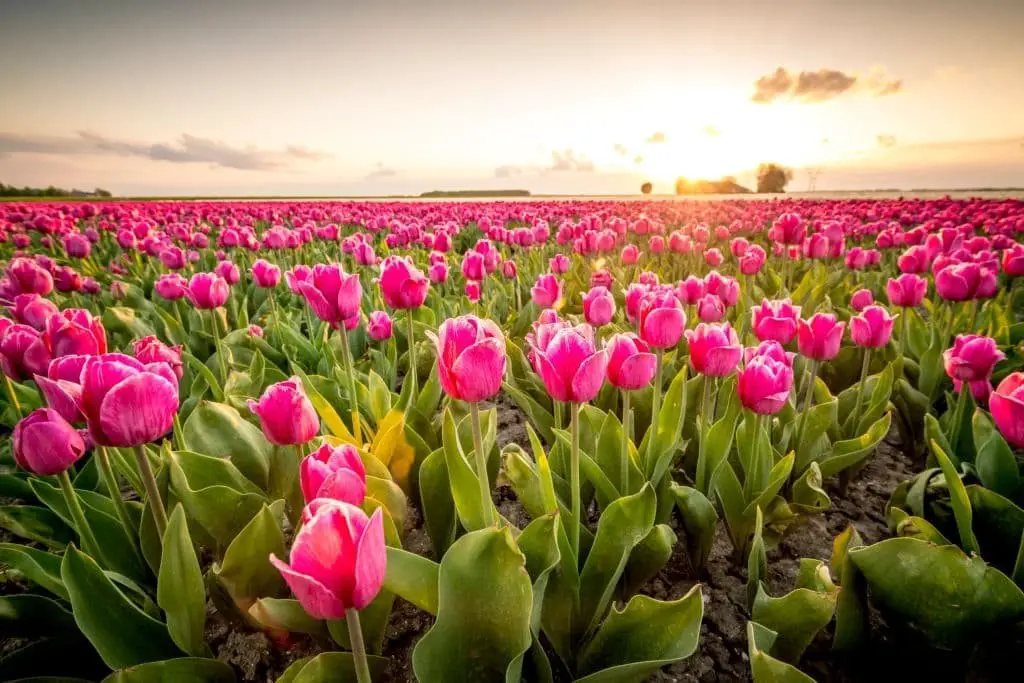
Tulips, with their vibrant colors and elegant petals, serve as a poignant reminder of the beauty and positivity that those who have passed on to the other side brought to our lives. This symbolism extends to the grieving process, where different hues can convey distinct messages of love, forgiveness, and gratitude.
Red tulips, in particular, evoke the deep emotional connection between the departed individual and their loved ones, highlighting the enduring bond that remains even in death.
In contrast, white and yellow tulips represent the power of friendships, the importance of forgiving ourselves and others, and the profound gratitude we feel for the time we shared with those who are no longer with us.
Marigold
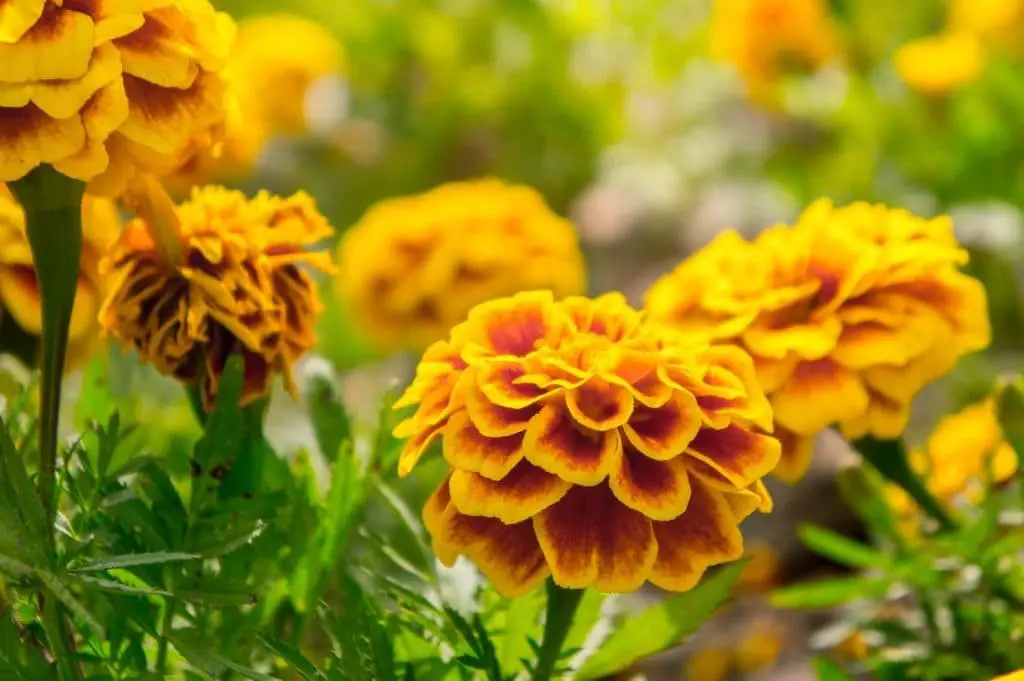
In many South American cultures, marigolds hold a unique significance at times of mourning and remembrance. During the Day of the Dead celebrations, wreaths of marigolds are traditionally placed in graves to honor the departed loved ones. The vibrant color of these flowers is believed to aid in the grieving process, helping families and friends to cope with their loss.
Furthermore, marigold arrangements are often kept in vases for a period of 40 days following a person’s passing, serving as a poignant reminder of their memory and love.
Peace lily
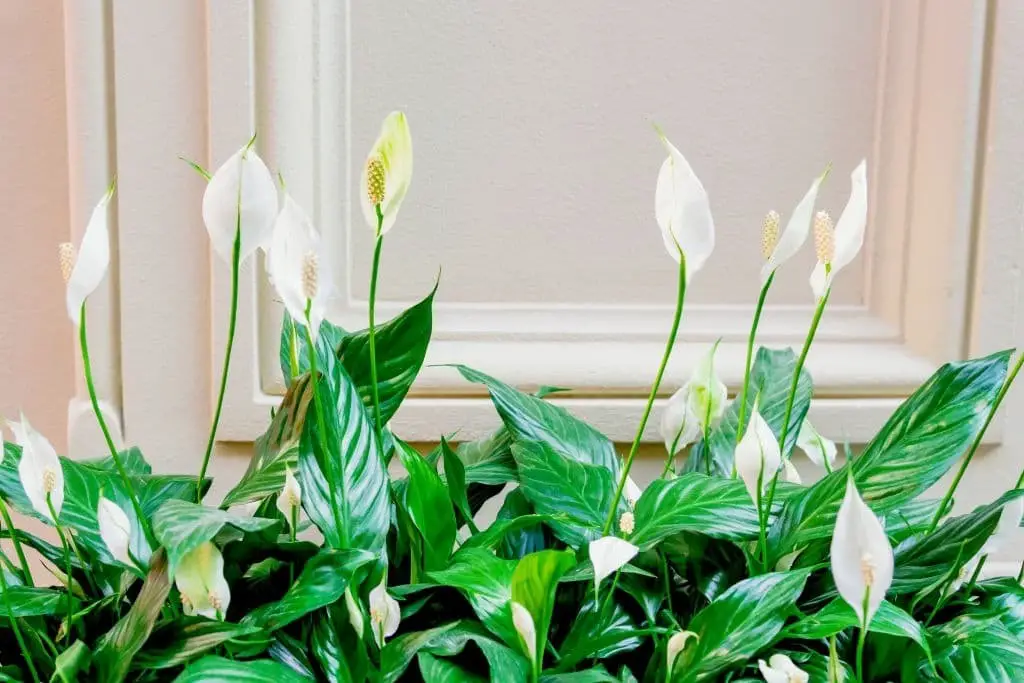
In many cultures, the peace lily is deeply rooted in symbolism surrounding death and the afterlife. For instance, this particular variety is often associated with the notion of perfect harmony and bliss that souls may experience upon their passing. This cultural significance extends to its use in domestic settings following a funeral, where it serves as a poignant reminder of the deceased’s peaceful transition and a wish for continued serenity in the afterlife.
Additionally, within Christian tradition, the peace lily is seen to represent both rebirth and eternal life, reflecting the promise of new beginnings and eternal rest that follows mortality.
Hydrangea
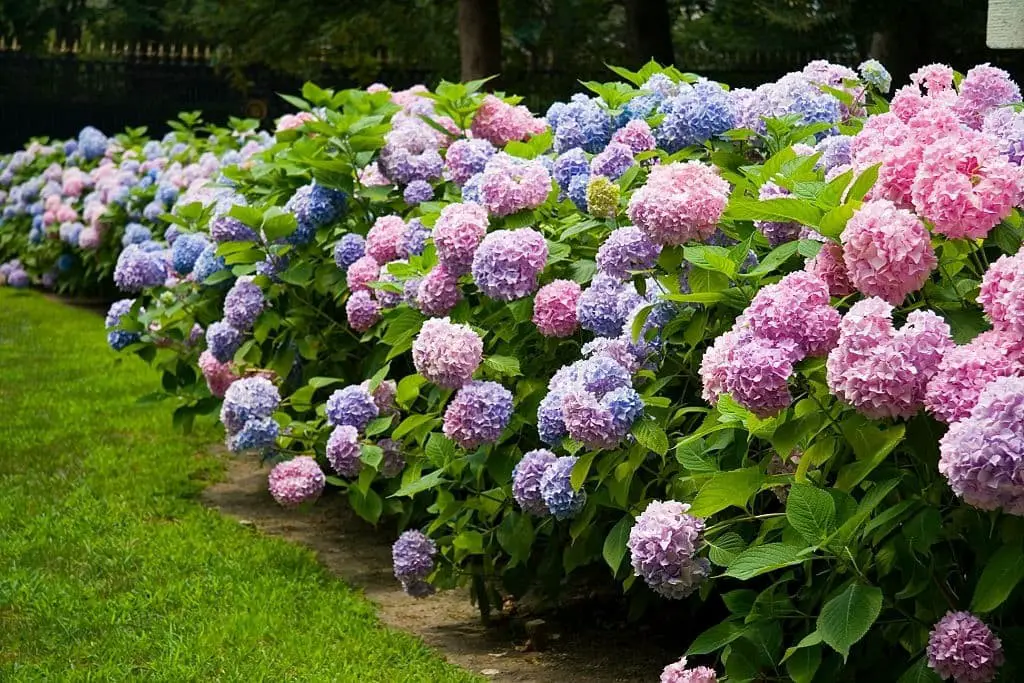
When sudden death occurs, a common expression of grief is conveyed through this symbolic gesture. It signifies the profound depth of loss, making it difficult to move forward with ease.
Receiving hydrangeas during a period of mourning is a powerful display of sympathy and heartfelt love and respect for those left behind. The sincerity of one’s condolences is palpable in such a gesture, offering solace and support to the grieving family.
Frangipani
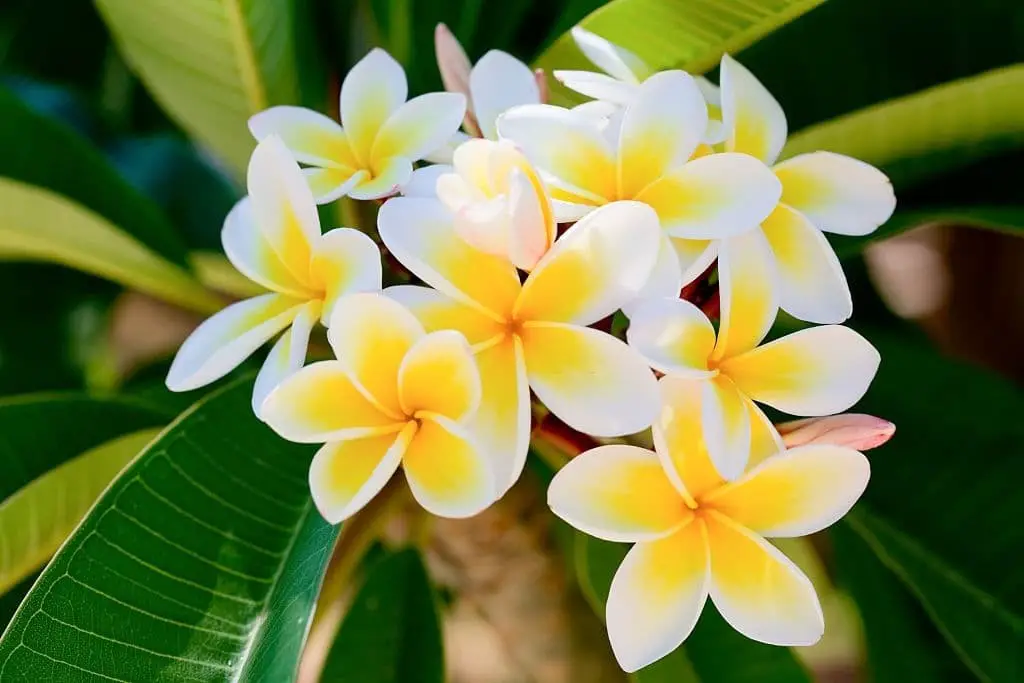
The frangipani, also known as the Asian magnolia, exudes an air of nostalgia and remembrance due to its delicate white and yellow hues and intoxicating fragrance. For some cultures, it’s a mourning flower that evokes feelings of having smelled something familiar before. In Polynesia, for instance, it’s sometimes used in funeral traditions, adorning the deceased as a symbol of remembrance.
Beyond its association with mortality, the frangipani is also linked to the supernatural realm and revered by many spirit gods and goddesses across Asia, highlighting its significance in the cultural landscape.
Poppies
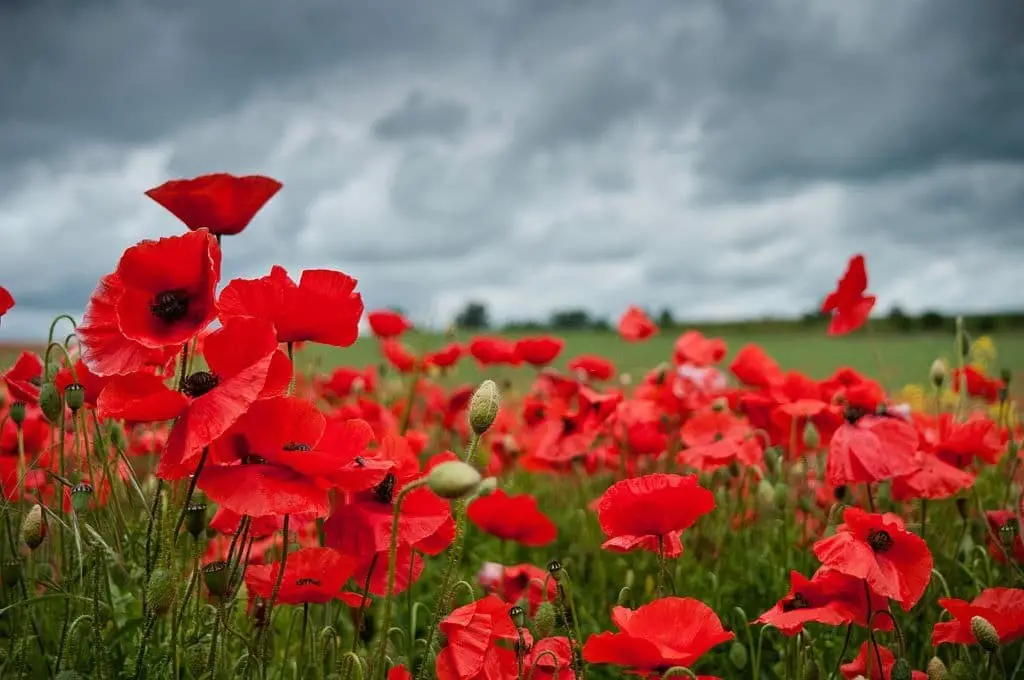
Wild poppies are often found growing around cemetery fences, making them a poignant reminder of mortality. In funeral traditions, these flowers are imbued with significance as they symbolize remembrance and convey heartfelt wishes for peace to those who have passed on. While poppies come in a variety of colors, each hue carries the same profound message in the context of death and mourning – a solemn yet beautiful reminder of our connection to the dearly departed.
Daisies
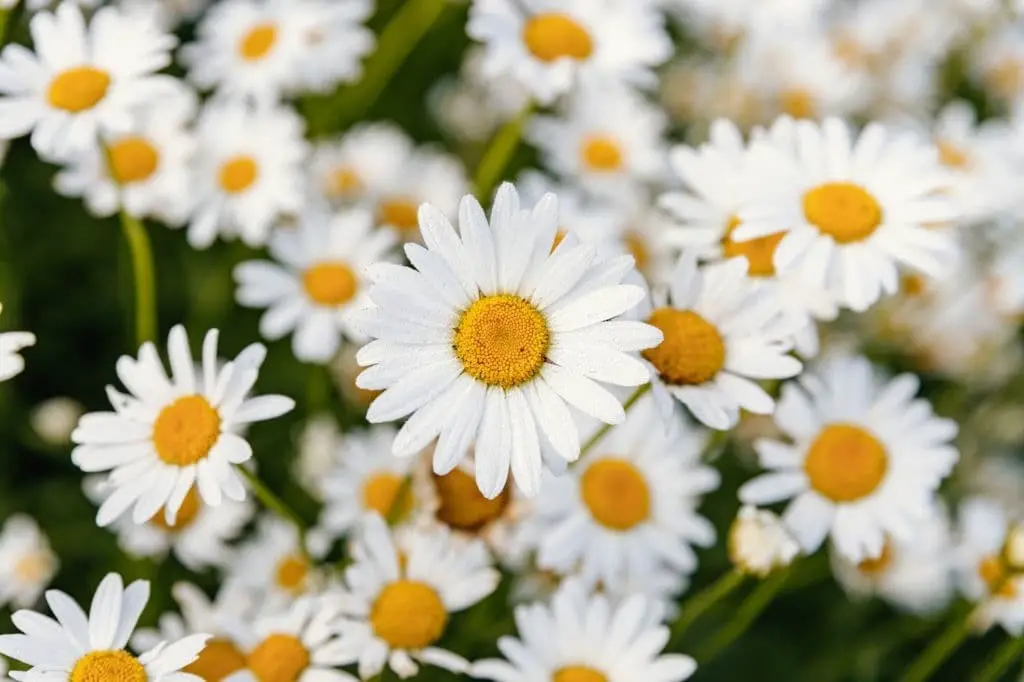
In the context of loss, daisies hold a unique significance. Their association with innocence and childhood makes them a poignant symbol of remembrance for parents who have suffered the loss of their child at a young age. They are often present in memorials and funeral services for newborns, serving as a tangible representation of condolence and empathy.
Beyond mere condolences, daisies are given to mourners with the intention of bringing a touch of brightness and hope into their home, offering a small respite from the darkness of grief. While these meanings may be somber, they underscore the profound impact that daisies can have on those struggling with loss.
Red spider lily
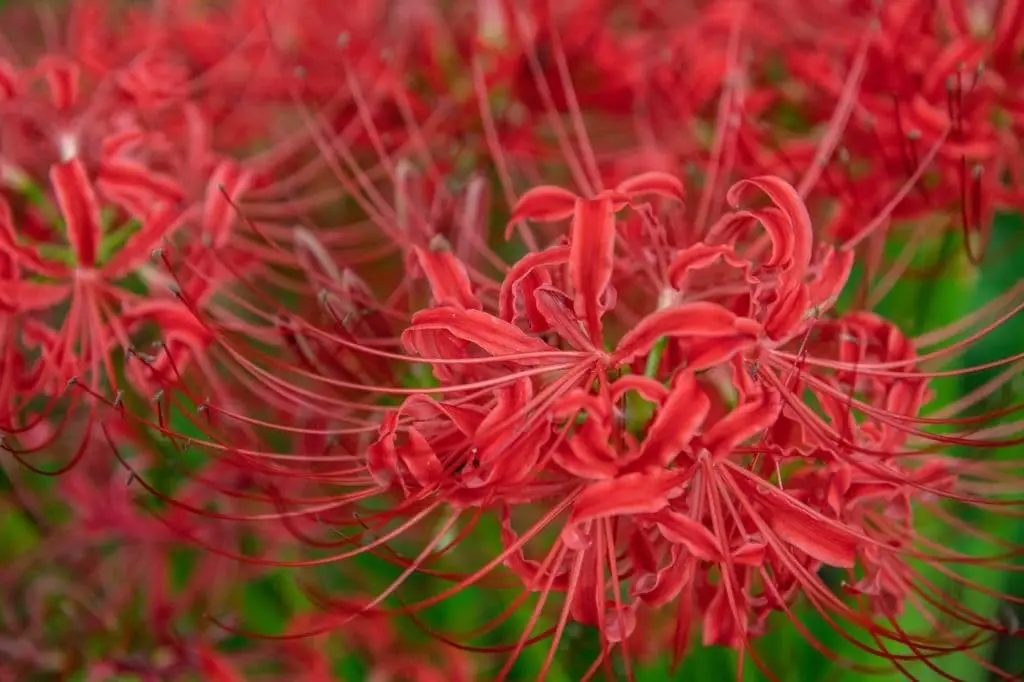
In Japan, the red spider lily holds profound symbolic significance during times of death and mourning. This flower’s association with mortality dates back to ancient times, when it was often planted along cemetery boundaries due to the numerous legends surrounding it. One such legend suggests that if a loved one is on the brink of passing away, a red spider lily will miraculously sprout in the exact location where you last saw them.
This eerie phenomenon has become deeply ingrained in Japanese culture and continues to captivate people’s imaginations.
Red camellia
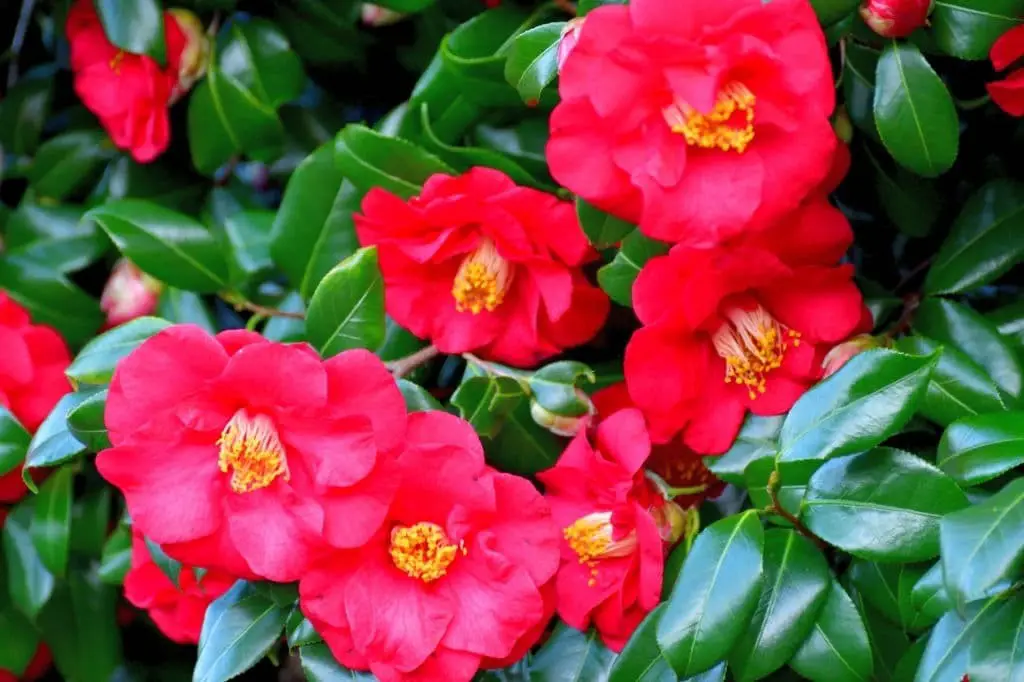
In many Asian cultures, including those in China and Japan, a specific type of flower holds significant importance during times of mourning and remembrance. This particular bloom is often placed on the graves of heroes and individuals deemed noble, as it is deeply rooted in the concept of noble deaths, drawing inspiration from the legacies of samurais and revolutionaries throughout history.
Dahlia

The dahlia’s profound significance is reflected in its association with ‘forever yours.’ In times of bereavement, it’s not uncommon for the deceased partner to arrange a poignant tribute featuring dahlias, conveying a heartfelt message to their loved one left behind. The arrangement serves as an intimate expression of devotion, underscoring the depth of their bond and commitment to each other.
Blue iris
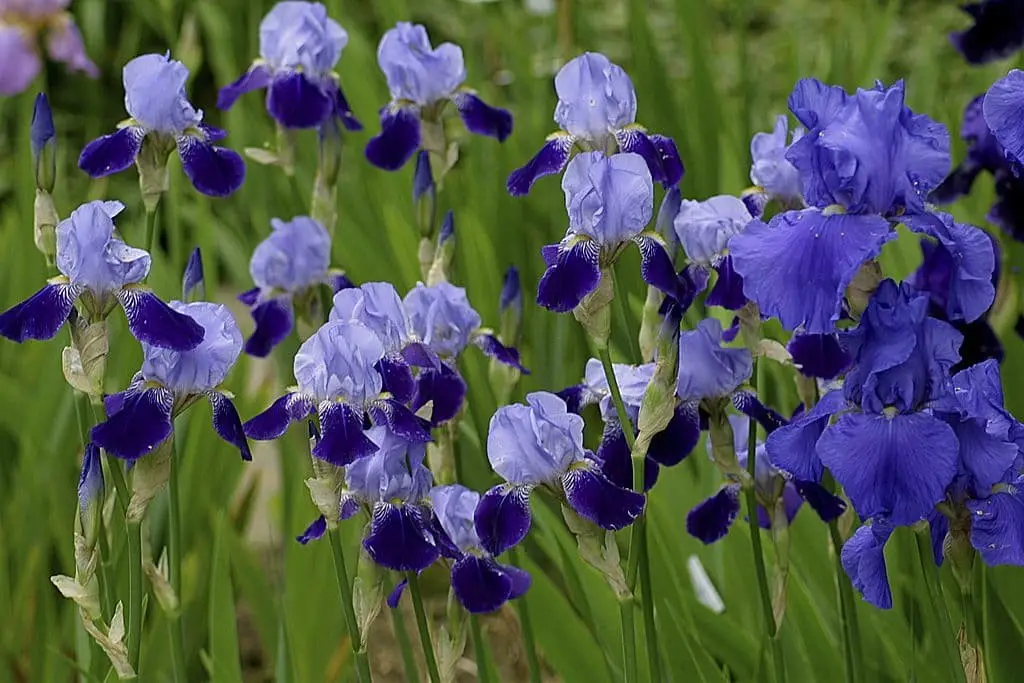
The white iris is often associated with purity, while the yellow variety symbolizes friendship and passion. However, it’s the blue iris that carries the most profound meaning – hope, faith, and remembrance. This flower is particularly meaningful when given to individuals who are navigating a period of grief or mourning, offering a gentle reminder of better times ahead.
Lilac
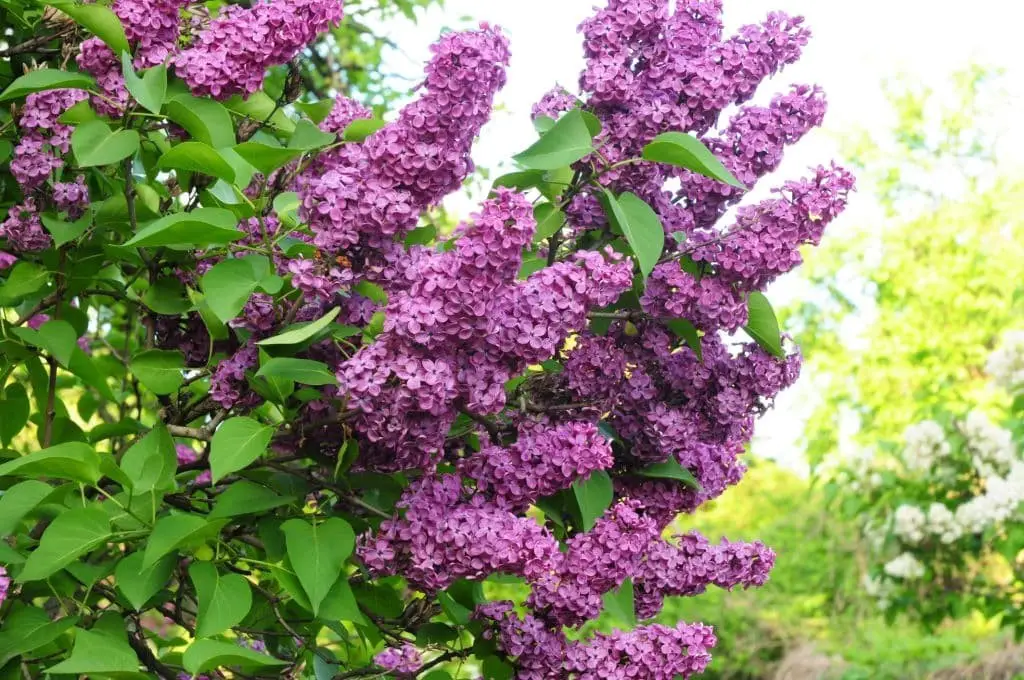
While lilacs are often admired for their vibrant blooms and sweet fragrance, they also hold a unique significance in the realm of mortality. In fact, during the Victorian era, it was a common practice for widows to wear lilac corsages as a poignant reminder of their departed loved ones. This association with death and mourning is deeply rooted in Western culture.
The magenta hue of lilacs, in particular, has been imbued with symbolic meaning, conveying a sense of resilience and the ability to move forward in the face of adversity.
FAQs
For those who wish to delve further into the symbolism of flowers associated with death and mourning, the following frequently asked questions provide valuable insights and information.
How do you arrange flowers for mourning?
When it comes to expressing grief and mourning, the way flowers are arranged can be just as telling as the type of flowers used. Let’s delve into what these arrangements say about death and mourning.
Wreaths, with their circular shape, often symbolize eternal life and rebirth. The choice of flowers used can further emphasize this symbolism, making cross-shaped or heart-shaped wreaths fitting choices for expressing condolences.
Standing flower sprays, similar to wreaths but standing on a tripod, are a powerful way to convey love, remembrance, and respect, particularly when placed beside the departed’s casket. They’ve also become a traditional means of extending sympathy to grieving families.
Flower baskets, being more portable than other arrangements, offer a practical yet thoughtful way to show condolences at funerals, memorials, or simply to those in mourning.
Potted plants, on the other hand, can be a more personal and intimate way to extend sympathy. Sometimes, a single flower or plant can speak louder than an entire arrangement.
What color flower means death?
In many cultures, certain flower colors are commonly associated with mourning and loss. While these meanings can vary across traditions, some colors are more universally linked to death than others. Black flowers, although exceptionally rare, typically carry a somber tone, whereas white, red, pink, yellow, blue, or lavender blooms are generally considered symbols of death.
What flower means goodbye?
While there may be varying traditions and customs surrounding flowers used to bid farewell, certain blooms have transcended cultural boundaries to become universally recognized as symbols of goodbye. Among these, a few stand out for their poignant beauty and widespread use: the chrysanthemum, lily, rose, sunflower, and orchid.
What flower symbolizes the death of a loved one?
When dealing with flowers that serve as a symbol of the passing of a loved one, it’s essential to be aware of the following popular options:
These include Solidago, Orchids, Roses, Lisianthus, Lilies, Hydrangea, Freesia, Dahlia, Cymbidium, Calla, Chrysanthemum, Carnation, and Alstroemeria. Agapanthus also holds a special significance in many cultures.
What are the best sympathy flowers?
When it comes to selecting the perfect bouquet to express condolences during a difficult time, understanding what types of flowers are most commonly associated with sympathy is crucial. The following options are often sought after for their emotional significance and ability to convey heartfelt sorrow. Roses, known for their classic beauty and timeless elegance, have long been a popular choice for expressing grief and respect.
Lilies, with their pure white petals and sweet fragrance, symbolize purity of heart and new beginnings. Carnations, often used in funeral arrangements, represent remembrance and love. Statice, a lesser-known yet meaningful option, is frequently used to express condolences and offer support during a challenging time. Gladiolas, with their stately appearance and ability to thrive in adversity, are often chosen to honor the memory of loved ones who have passed away.
Orchids, prized for their delicate beauty and exotic allure, can be used to convey sympathy and admiration.
Are there dos and don’ts when sending sympathy flowers?
When it comes to sending sympathy flowers, there’s a fine line between showing respect and sensitivity. Here’s what you should consider:Firstly, choose the right arrangement for the occasion. This depends on your relationship with the deceased and their family’s beliefs. A thoughtful touch is also remembering to include a handwritten card expressing your condolences. When selecting a florist, don’t worry about brands or popularity.
Instead, prioritize those who can deliver quickly or find a local favorite of the departed or their loved ones if possible. Flowers are often more than just a funeral gesture – they’re a symbol of compassion and connection. Don’t limit yourself to just funerals; send flowers as a show of support whenever you feel compelled. Remember, it’s not about those left behind, but the person who has passed away. Your gestures should honor their memory rather than seeking attention for yourself.
What do colors of flowers mean when you bring them to funerals?
When it comes to using flowers in the context of death and mourning, their color meanings remain consistent regardless of the occasion. Whether you’re bringing them to a funeral, sending them during the wake or after the service, the symbolism behind each hue remains steadfast.
Here’s a breakdown of the most common flower color meanings associated with mortality and grief:White represents adoration, respect, reverence, and rebirth – a poignant reminder that even in death, there is hope for renewal. Red flowers symbolize love, devotion, nobleness, and a deep sense of loss. Pink hues evoke harmony, peace, and grace, offering solace to those mourning the loss of a loved one.
Crimson flowers convey extreme grief and sorrow, acknowledging the depth of pain felt by those who are grieving. Yellow blooms represent friendship and hope, reminding us that even in the darkest times, there is always a glimmer of light ahead. Finally, blue and lavender hues signify sadness and pain, acknowledging the emotional toll that death can take on those left behind.
Is it acceptable to send flowers for all religious beliefs?
In today’s culturally diverse society, it’s essential to understand when it’s appropriate to express condolences with flowers when mourning friends from different religious backgrounds. While universal human experiences like death and mourning transcend cultural boundaries, there are still important considerations to keep in mind. For instance, Buddhists typically hold funerals at home rather than in temples, making flower arrangements a suitable gesture of sympathy.
In Hinduism, wakes and funerals often take place within the same day, so a bouquet of flowers might be seen as a thoughtful expression of condolences. However, it’s essential to note that Jewish tradition generally discourages sending flowers during mourning periods, with fruit or gift baskets being more appropriate alternatives. Islam’s approach to flower-giving varies depending on the specific Islamic tradition and cultural context.
In these cases, it may be best to consult with relatives or those closest to the deceased before extending a gesture of sympathy. Christianity has historically been closely tied to the symbolism of flowers in mourning rituals, making them an acceptable offering for mourners from this faith. In today’s liberal society, where multiculturalism has become increasingly prominent, sending flowers to those grieving can be considered a universally thoughtful and sympathetic gesture.
How long have flowers been used to honor the dead?
A remarkable archaeological discovery dating back millions of years has shed light on the earliest recorded practices of ancient human ancestors. In 1951, a team of archaeologists uncovered remnants of flower pollens in a remote Iranian cave, which were linked to a pool of early hominin remains and a supposed grave surrounded by flowers.
The presence of similar burial mounds throughout the cave, accompanied by matching flower pollens, suggests that this site was used as a communal cemetery by these ancient humans.
Conclusion
When it comes to expressing condolences and paying respects during times of mourning, cultural nuances play a significant role. In many societies, specific flower choices hold deep symbolic meanings, influencing how those grieving and those offering support perceive the gestures. It’s essential to consider these subtleties to ensure that your floral expressions convey the intended message.
Whether used as a symbol of remembrance, an expression of profound sorrow, or an extension of respect and sympathy, the right flowers at the right time can evoke powerful emotions and resonate with those affected.
Related Posts
When it comes to flower delivery, understanding gratuities for your floral courier is essential. But do you tip your florist? The answer depends on various factors, including the service quality, location, and personal preference. In some cases, a small token of appreciation can go a long way in ensuring excellent customer service. On the other hand, there are times when a gratuity may not be necessary or even expected.
It’s also important to consider that tipping culture varies across different regions and industries. In addition to flower delivery, gardening enthusiasts may want to explore topics such as identifying and removing weeds with yellow flowers, growing colorful perennials for partial shade gardens or containers, caring for African violet plants, or discovering the beauty of astilbe plants.
Moreover, understanding which top ten shade perennials thrive in cold climates can be invaluable for creating a lush and vibrant garden. Whether you’re a seasoned gardener or just starting out, there’s always something new to learn and discover.






